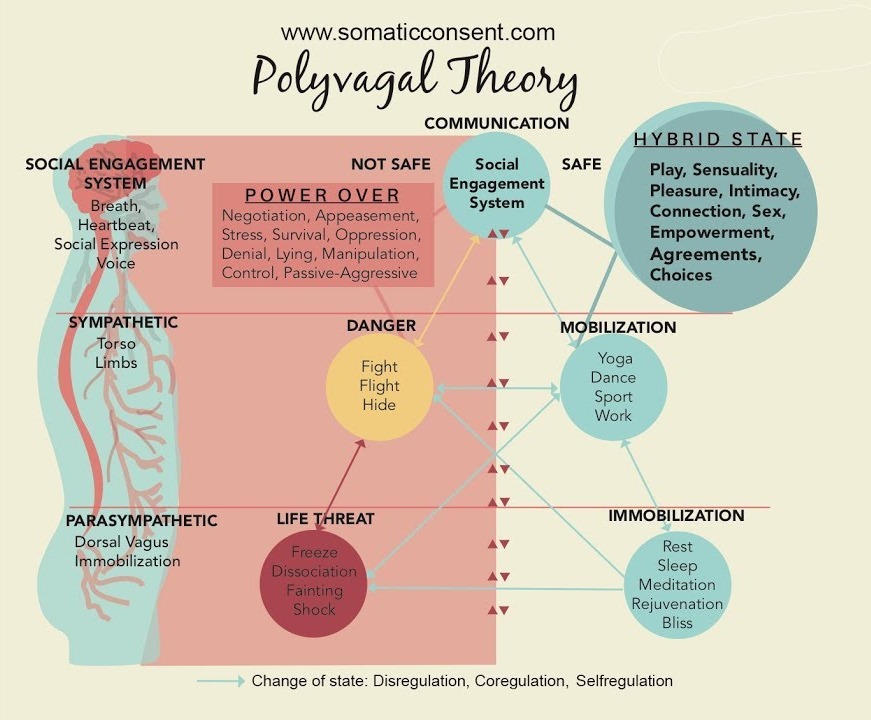
The sea level along California's coasts has risen nearly 8 inches in the past century and is projected to rise by as much as 20 to 55 inches by the end of the century. Approximately 85% of California’s population live and work in coastal counties.

The mountain hillsides of oyamel forest provide an ideal microclimate for the butterflies. Monarchs roost for the winter in oyamel fir forests at an elevation of 2,400 to 3,600 meters (nearly 2 miles above sea level). The eastern population of North America’s monarchs overwinters in the same 11 to 12 mountain areas in the States of Mexico and Michoacan from October to late March. Eastern North American Population Overwintering in Mexico Monarchs in Western North America overwinter in California. Monarchs in Eastern North America have a second home in the Sierra Madre Mountains of Mexico. Some fly as far as 3,000 miles to reach their winter home! Where Do Monarchs Go? Monarchs use a combination of air currents and thermals to travel long distances. Using environmental cues, the monarchs know when it is time to travel south for the winter.

Unlike other butterflies that can overwinter as larvae, pupae, or even as adults in some species, monarchs cannot survive the cold winters of northern climates. The monarch is the only butterfly known to make a two-way migration as birds do. The annual migration of North America’s monarch butterfly is a unique and amazing phenomenon.


 0 kommentar(er)
0 kommentar(er)
